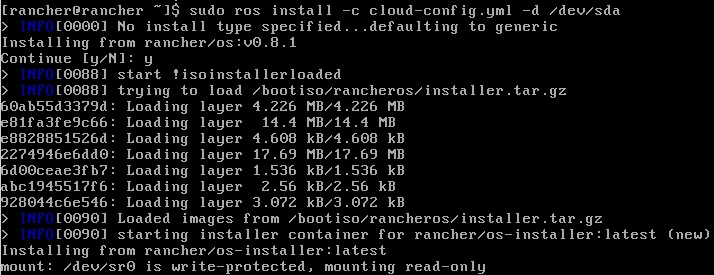Hi,
I want to share this with you and also it’s also very useful for me in case i come to this problem again.
The main reason for this is related to the fact that my Windows installation will not boot anymore. We thought that it was something related to a registry entry, so i started to take a look how can registries be modified from Linux (later saw that it was much easier to do it with a bootable Windows stick, a cmd window and regedit)
From what i managed to research on the net, it seems that the only tool for this scope is chntpw
I will no go into details o installing this tool, you can find that in different posts from other sites. What i consider important is how you find the right “hive” to edit (and by hive they understand directory structure)
So, in order to have access to the registry, you will need to mount the Windows partition on Linux.
It should be relatively easy, find the partition using sudo fdisk -l and after that for example mkdir /mnt/windows; sudo mount /dev/sda2 (for example since sda1 should be the boot partition) /mnt/windows
After it is mounted, the easiest way to see the trees is by listing the content of /mnt/windows/Windows/System32/config
And it should look similar to this:
-rwxrwxrwx 1 root root 5505024 May 9 10:50 DRIVERS
-rwxrwxrwx 1 root root 2776 May 14 15:35 netlogon.ftl
-rwxrwxrwx 1 root root 18612224 May 15 2019 SYSTEM
-rwxrwxrwx 1 root root 96206848 May 15 2019 SOFTWARE
-rwxrwxrwx 1 root root 786432 May 15 2019 DEFAULT
-rwxrwxrwx 2 root root 53215232 May 15 2019 COMPONENTS
And of course a lot more other directories.
To edit one of the trees it as simple as running
me@mintworkstation:/mnt/windows/Windows/System32/config$ chntpw -e SYSTEM
chntpw version 1.00 140201, (c) Petter N Hagen
Hive name (from header): <\Windows\system32\config\SYSTEM>
ROOT KEY at offset: 0x001020 * Subkey indexing type is: 686c
File size 18612224 [11c0000] bytes, containing 3776 pages (+ 1 headerpage)
Used for data: 257785/18420128 blocks/bytes, unused: 13/1632 blocks/bytes.
Simple registry editor. ? for help.
And the simplest way to navigate is by using ls to list and cd to change o a smaller tree (please put the name of the tree without “<” and “>” like, cd Software for example.
Once you arrived at the record you want to edit just call ed [record_name] It will show you the actual value and ask you what is the update one.
Once the changes are done, just press q and it will as you to same the registry hive. After it is saved, you are all done.
That would be all. Cheers.

